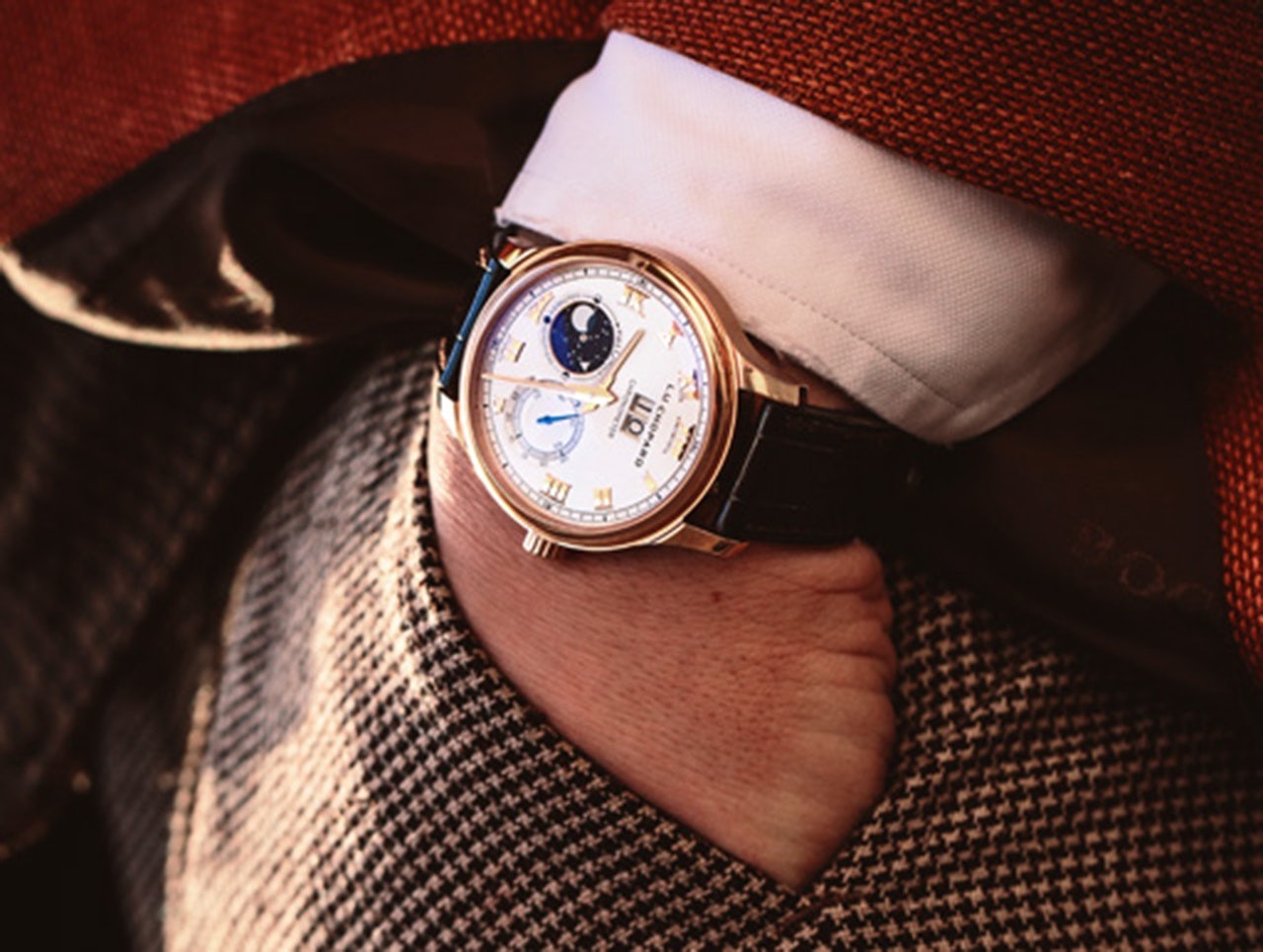This week, JD.com celebrated the official launch of a new alliance between more than a dozen of its international watch brands, including the newly introduced Chopard, as well as Tag Heuer, Zenith, Citizen, and others. The announcement came two days before the kickoff of its Super Watch Day on Friday, where customers get access to exclusive deals on luxury and fashion watches through JD.com’s app.
The alliance, according to JD Watch General Manager Belinda Chen, is intended to “deepen the relationship” between JD.com and its participating watch brands. To do this, JD.com plans to continue to leverage its extensive logistics system and big data capabilities, as well as its recently launched high-end delivery service, to help its international watch brands better target their customers and improve their online shopping experience.
“It’s a gradual process of brands understanding more about how e-commerce players in China work, and us understanding more about brands,” Chen said. “It helps us become smarter because we have millions of SKUs. So by understanding more about each brand and their products, we become more intelligent in terms of how we protect the brand IP and brand image, and how to work with brands directly.”
In recent years, big-name luxury brands have been notably more tentative about embracing e-commerce in China. Currently, about 60 percent of watch and jewelry brands have some form of e-commerce presence in the market, according to the latest Digital IQ Index by digital intelligence firm L2.
Obstacles include worries about IP protection and whether a presence on China’s major e-commerce platforms—which, like Amazon and eBay in the United States, are known for selling a wide range of goods, including groceries and mass market products—is going to damage brand image and exclusivity.
While currently, most of JD.com’s watch lineup is still dominated by entry-level local brands and fashion watches, the platform has made significant efforts to quell the fears of luxury brands, in part, Chen said, to pave the way to sign on more high-end fashion and watch brands.
“I’ve seen the watch industry in China, especially the very high-end Swiss brands, experience very flattening growth in the past few years. But most recently, I do see a resurgence in these brands,” Chen said. “And in the mid- to long-term with an upgrade in consumer spending in China and the rise of the middle class, I think we will see a lot of opportunity for these brands.”
To woo the luxury players, JD.com has established a rapport with retailers for its strict policies against counterfeit goods, formed partnerships with major industry players, and has utilized a relationship with Tencent to bring brands insight into who their customers are and exactly what they’re looking for in terms of style, color, and more.
Tasso Von Berlepsch, the General Manager of Chopard China, said it’s this direct access to consumers that increased the brand’s confidence in forming an official partnership with JD.com last week. JD.com also consulted with Chopard on its new white glove service, which launched earlier this summer and ensures that luxury watches and jewelry are delivered by trained couriers in black tie uniforms.
“In the high-end universe, personal service and experience is a very important part of the shopping experience, especially if you deliver a watch, which has mechanical movement and a certain delicacy in terms of delivery,” he said. "So that’s why, of course, a personal hand delivery gives a lot of confidence to the consumer that the value of the item arrives in perfect condition.”
“JD’s very dynamic approach in its vision of how to do things is very much in line with how Chinese society is currently operating," he added. "It’s fast moving, ambitious, and very flexible."
That fast-moving online retail environment was what brought about motivation for Tag Heuer, which opened its first e-commerce flagship store in China on JD.com in 2015.
“Our CEO thought it was a very good opportunity for a chance to develop quickly in China,” said William Wang, Tag Heuer’s China Sales Director. “We grew up with e-commerce. Offline, it’s very slow. Every point of sale [operates on a cycle] of about two or three months, but for e-commerce, changes take place every three hours.”
Wang said it owes its triple digit growth on the platform and its success to the fact that e-commerce not only serves as another channel to sell to a broader range of consumers, but it serves as a media and PR platform for the brand.
“Two-and-a-half years later," he said, "the results have been very good."
But the outlook wasn’t completely rosy at first. “So many retailers [in China] sent a message to me the day we launched saying, 'Why are you doing it? If you launch on JD, you’ll take our business away,'" said Wang. "Many retailers couldn’t accept it." The brand currently has about 40 retailers and 120 points of sale in China.
“But now they are accepting it because it’s a win win win,” he continued. “For JD.com, they get luxury brands for their reputation. For Tag Heuer, it increases our business. And for our retailers, JD.com is a media platform that gives more exposure to the brand—even their business increases. That’s a win win win.”




